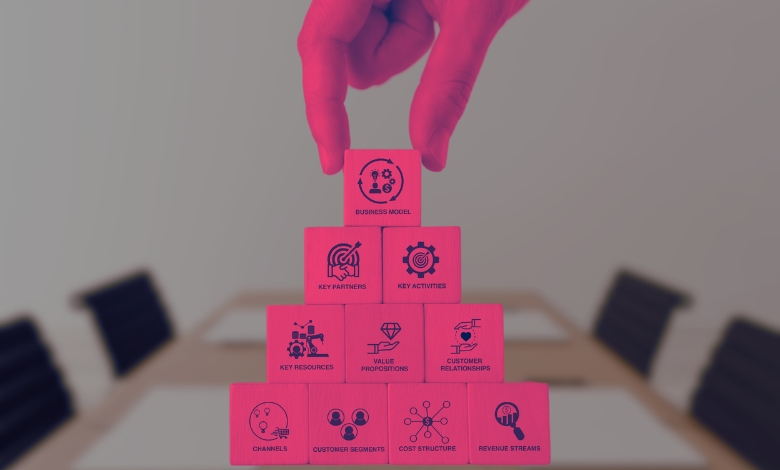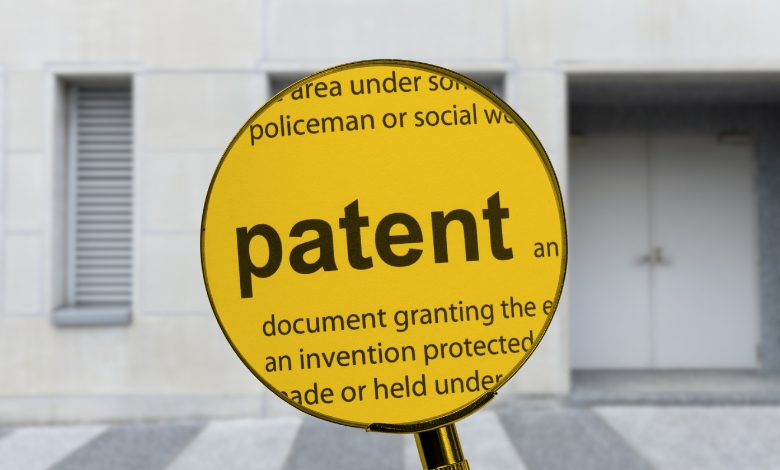Explore how businesses leverage cognitive biases to influence consumer decisions, enhance marketing, and boost engagement.
Cognitive biases are systematic patterns of deviation from norm or rationality in judgment. Think of them as shortcuts that our brain takes to make decisions quickly. While these mental shortcuts are helpful in our daily lives, businesses have cleverly learned to use them to guide consumer behavior, drive sales, and build stronger brand loyalty.
The question isn’t whether businesses should leverage these biases, it’s about how they do so ethically and effectively.
Article Breakdown
The Psychology Behind Cognitive Biases
To understand how businesses use cognitive biases, we first need to grasp why they exist. At their core, cognitive biases arise because of:
- Information Overload: The brain filters through excessive stimuli.
- Emotional Factors: Feelings often override logical thinking.
- Limited Attention Span: Decisions are frequently made with incomplete information.
By tapping into these psychological tendencies, businesses can align their strategies to resonate deeply with their audiences.
Common Cognitive Biases Businesses Use and Their Applications
Anchoring Bias
Humans tend to rely heavily on the first piece of information they encounter, this is anchoring bias.
- How It Works: Imagine you’re shopping for a smartwatch. The first price you see is $500. When you spot another smartwatch for $300, it suddenly feels like a bargain, even if it’s still pricey.
- Business Application: Retailers often display “original prices” next to discounted ones. Subscription models highlight premium plans before showing basic options, subtly influencing customers to see value in lower tiers.
Scarcity Effect
When something is scarce, it feels more valuable. This is a bias rooted in our fear of missing out (FOMO).
- How It Works: Limited-time offers or phrases like “Only 2 left in stock” trigger a sense of urgency.
- Business Application: E-commerce platforms like Amazon and booking sites like Airbnb leverage this by adding countdown timers or low-stock notifications.
Social Proof
People look to others for cues on how to behave, especially in uncertain situations.
- How It Works: Reviews, testimonials, and user-generated content build trust by showing others’ positive experiences.
- Business Application: Businesses prominently display ratings and customer testimonials. For instance, TripAdvisor uses “Top-Rated” badges to guide consumer decisions.
Loss Aversion
The pain of losing is more potent than the joy of gaining something of equal value.
- How It Works: You’re more likely to act if you’re told you’ll lose $100 rather than gain $100.
- Business Application: Marketers employ phrases like “Don’t miss out” or “Lock in your savings today.” Free trials capitalize on loss aversion by making users reluctant to give up the service after experiencing its benefits.
Reciprocity Principle
When someone does something for you, you feel obliged to return the favor.
- How It Works: A free sample at the grocery store makes you more likely to buy the product.
- Business Application: Businesses offer freebies, discounts, or helpful content upfront, building goodwill that eventually translates into sales.
The Halo Effect
The perception of one positive quality influences opinions about unrelated traits.
- How It Works: If a product looks sleek and high-quality, you assume it performs well, even without evidence.
- Business Application: Apple’s minimalist design and packaging evoke a premium feel, influencing consumer perception of all their products.
Authority Bias
People trust authority figures or experts more than average individuals.
- How It Works: Certifications, expert endorsements, and professional designations enhance credibility.
- Business Application: Skincare brands use dermatologists in advertisements, while financial services cite expert opinions to build trust.
Ethical Considerations When Using Cognitive Biases
With great power comes great responsibility. While leveraging cognitive biases can be a game-changer for businesses, ethical considerations must be at the forefront:
- Transparency: Ensure consumers understand the terms of offers or deals.
- Avoid Exploitation: Don’t manipulate vulnerable populations, such as the elderly or financially disadvantaged.
- Long-Term Trust: Misusing biases can lead to immediate gains but erode customer trust over time.
Businesses must strike a balance between persuasion and manipulation, focusing on creating genuine value rather than deceiving customers.
Examples of Businesses Using Cognitive Biases
- Amazon: Masterfully uses scarcity (low-stock alerts) and social proof (ratings and reviews) to drive sales.
- Netflix: Taps into loss aversion with free trials and auto-renewals.
- Starbucks: Utilizes the halo effect through sleek branding and consistent store aesthetics.
- Booking.com: Leverages scarcity and social proof simultaneously with notifications like “10 people are viewing this right now!”
Key Takings
- Cognitive biases are deeply ingrained mental shortcuts that businesses use to influence consumer behavior.
- Techniques like anchoring, scarcity, and social proof are some of the most effective ways to guide decision-making.
- Ethical considerations are crucial to avoid eroding customer trust or manipulating vulnerable populations.
- Real-world examples demonstrate the success of leveraging cognitive biases when applied strategically.



